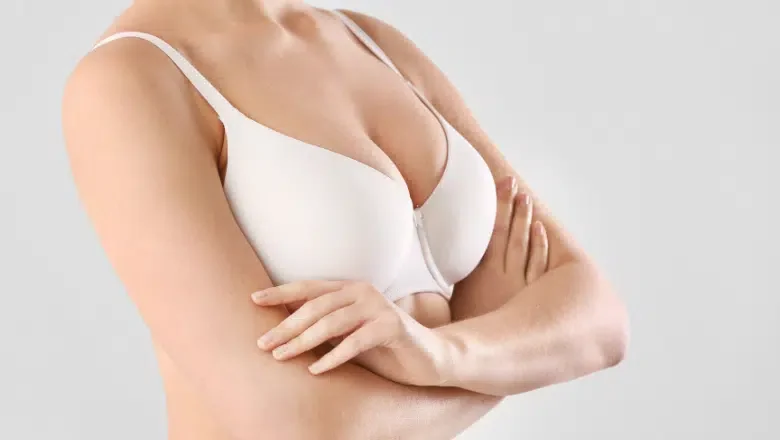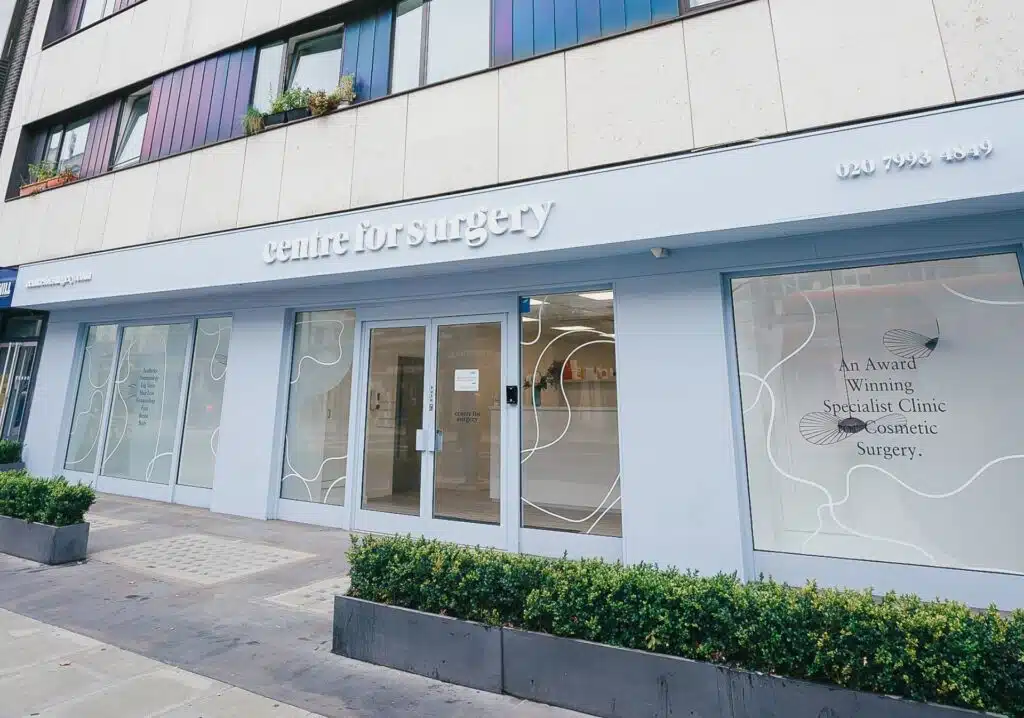Achieving optimal results in breast augmentation requires proper soft tissue coverage of the implant, especially in very slim patients with minimal breast tissue. A lack of breast tissue and subcutaneous fat can lead to a suboptimal aesthetic result, despite excellent enhancement of breast volume and projection, due to the inability to conceal the edges of the breast implant under the patient’s thin tissue. This mismatch between size and soft tissue coverage results in patients being able to feel the edges of the breast implant, seeing the edges of the breast implant, and often rippling, all of which present a cosmetic concern.
RELATED: Breast Implants vs Fat Transfer
Several different methods have been used in an attempt to improve the edges of breast implants in slim patients with minimal soft tissue coverage. Implant placement under the muscle, or dual plane, increases overlying soft tissue coverage under the pectoralis muscle. Highly cohesive, form-stable anatomic implants have demonstrated decreased rates of wrinkling and rippling. Techniques from breast reconstruction such as acellular dermal matrix (ADM) have also been utilised to improve soft tissue coverage and address soft tissue envelope complications but this is a costly form of surgery due to the cost of ADM.
Breast fat transfer at the time of breast augmentation has emerged as another technique to maintain natural breast shape better and conceal the underlying prosthesis while augmenting breast size. Composite breast augmentation refers to the method of combining breast implants and breast fat transfer to manage the core volume and overlying soft tissue of the breast, respectively. Surgeons at Centre for Surgery are trained in breast augmentation using both breast implants and fat transfer combined in the same procedure for natural-looking results. The use of both implants and fat transfer allows the cosmetic surgeon to have full control over breast volume using implants and breast shape using the body’s own fat. In this regard, composite breast augmentation addresses some of the limitations of breast augmentation using only implants in patients with minimal soft tissue coverage, providing better management of breast asymmetry and achieving the desired breast shape in a more refined manner.
The addition of targeted fat transfer at the same time as carrying out primary breast augmentation has been reported to have several benefits. These benefits arise from the ability of breast fat transfer to precisely enhance overlying soft tissue coverage and shape the breast beyond the edges of a breast implant. Lipofilling to the breast allows for concealment of breast implant edges in slimmer patients, improvement in cleavage, and enhancement of upper pole fullness. In addition, improved soft tissue coverage from breast lipofilling also allows surgeons to select more superficial planes of breast implant insertion, rather than under the muscle, for implant placement in patients with more limited soft tissue coverage. This means that the muscle does not need to be cut as implants are placed above the muscle. Weakness of the chest wall muscles can develop over time in patients who have had the dual plane approach for breast enlargement with implants.










